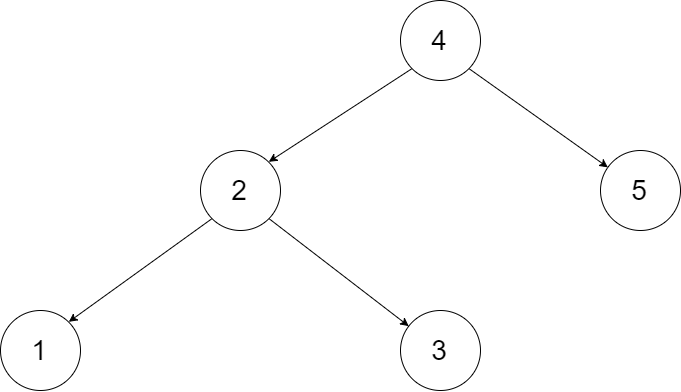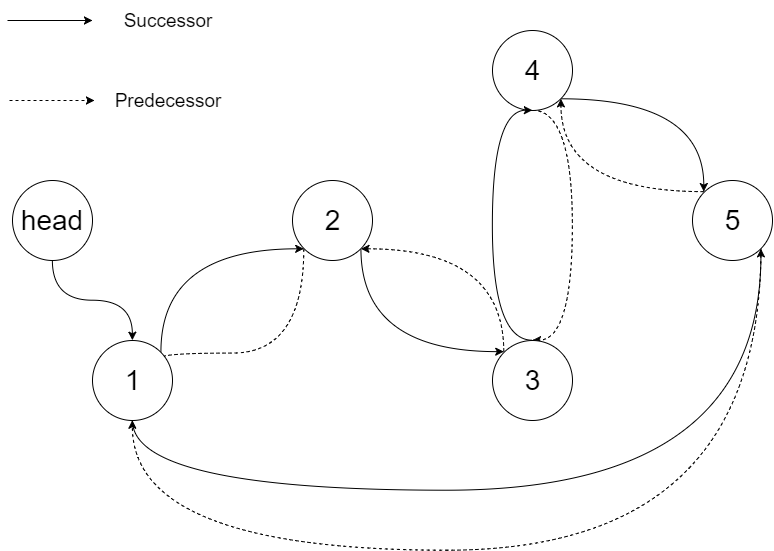Given a singly linked list where elements are sorted in ascending order, convert it to a height balanced BST.
For this problem, a height-balanced binary tree is defined as a binary tree in which the depth of the two subtrees of every node never differ by more than 1.
Example:
Given the sorted linked list: [-10,-3,0,5,9],
One possible answer is: [0,-3,9,-10,null,5], which represents the following height balanced BST:
0
/ \
-3 9
/ /
-10 5
/**
* Definition for singly-linked list.
* struct ListNode {
* int val;
* ListNode *next;
* ListNode(int x) : val(x), next(NULL) {}
* };
*/
/**
* Definition for a binary tree node.
* struct TreeNode {
* int val;
* TreeNode *left;
* TreeNode *right;
* TreeNode(int x) : val(x), left(NULL), right(NULL) {}
* };
*/
class Solution {
public:
TreeNode* sortedListToBST(ListNode* head) {
ListNode *slow = head;
ListNode *fast = head;
ListNode *prev = NULL;
if (head == NULL) {
return NULL;
}
while (fast != NULL && fast -> next != NULL) {
prev = slow;
slow = slow -> next;
fast = fast -> next -> next;
}
ListNode *secondHalf = slow -> next;
slow -> next = NULL;
TreeNode *root = new TreeNode(slow -> val);
if (prev != NULL) {
prev -> next = NULL;
} else {
return root;
}
root -> left = sortedListToBST(head);
root -> right = sortedListToBST(secondHalf);
return root;
}
};
class Solution {
public:
TreeNode* listToBST(ListNode *head){
if(head==NULL)
return NULL;
TreeNode *root;
ListNode *slow, *fast, *prev_slow, *temp;
slow = head;
fast = head;
prev_slow = head;
temp = head;
while(fast!=NULL&&fast->next!=NULL){
fast = fast->next->next;
prev_slow = slow;
slow = slow->next;
}
if(slow==fast){
root = new TreeNode(head->val);
return root;
}
else if(fast==NULL){
root = new TreeNode(slow->val);
prev_slow->next = NULL;
root->left = listToBST(head);
root->right = listToBST(slow->next);
}else{
root = new TreeNode(slow->val);
slow = slow->next;
prev_slow->next = NULL;
root->left = listToBST(head);
root->right = listToBST(slow);
}
return root;
}
TreeNode* sortedListToBST(ListNode* head) {
return listToBST(head);
}
};



